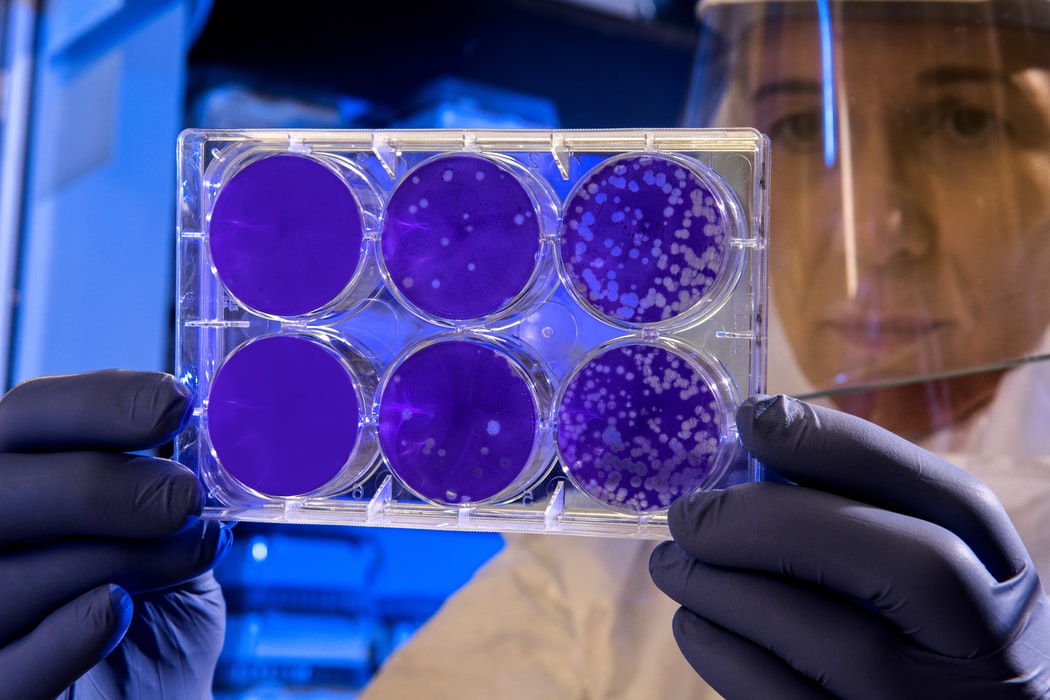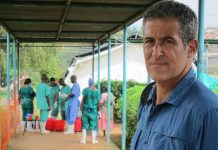
How will coronavirus be stopped? There is no vaccination or treatment yet for coronavirus. A human pandemic expert says stopping the virus depends on how humans will manage their systems and surroundings. He stresses that nCoV-2019, which started in China, is not as novel as people think.
In his article for The New York Times, David Quammen explains that the Wuhan emergency is part of a series of related contingencies and can only be solved when current circumstances change. He recounts that the source of coronavirus was found several years ago in a case in Yunnan, province in southwestern China.
Quammen, author of “Spillover: Animal Infections and the Next Human Pandemic,” describes the fast spread of nCoV-2019 as “startling but not unforeseeable.” He says Zheng-Li Shi, a scientist at the Wuhan Institute of Virology and who gave nCoV-2019 its identity and name, and his peers discovered tin 2005 that the SARS pathogen was a bat virus that transferred to people.
He adds that the group has been tracing coronaviruses in bats since then and warning that these viruses could cause human pandemics. He recounts Peter Daszak, the president of New York-based research organization EcoHealth Alliance, telling him “We’ve been raising the flag on these viruses for 15 years. Ever since SARS.”
Qummen’s advice is when people are done worrying about the outbreak, worry about the next one. “Or do something about the current circumstances,” he says.
These current circumstances include the problem of hunger worldwide, which translates to 7.6 billion hungry humans and “a perilous trade in wildlife for food, with supply chains stretching through Asia, Africa and to a lesser extent, the United States and elsewhere.”
He also blames “bureaucrats who lie and conceal bad news, and elected officials who brag to the crowd about cutting forests to create jobs in the timber industry and agriculture or about cutting budgets for public health and research.”
The author also notes that “current circumstances also include brilliant, dedicated scientists and outbreak-response medical people.” He refers to institutions that go into bat caves and laboratories like Wuhan Institute of Virology, EcoHealth Alliance, the United States Centers for Disease Control and Prevention (C.D.C.), the Chinese C.D.C.
Quammen compares outbreaks of new viral diseases to the steel balls in a pinball machine. “You can slap your flippers at them, rock the machine on its legs and bonk the balls to the jittery rings, but where they end up dropping depends on 11 levels of chance as well as on anything you do. This is true with coronaviruses in particular: They mutate often while they replicate, and can evolve as quickly as a nightmare ghoul,” he wrote.






